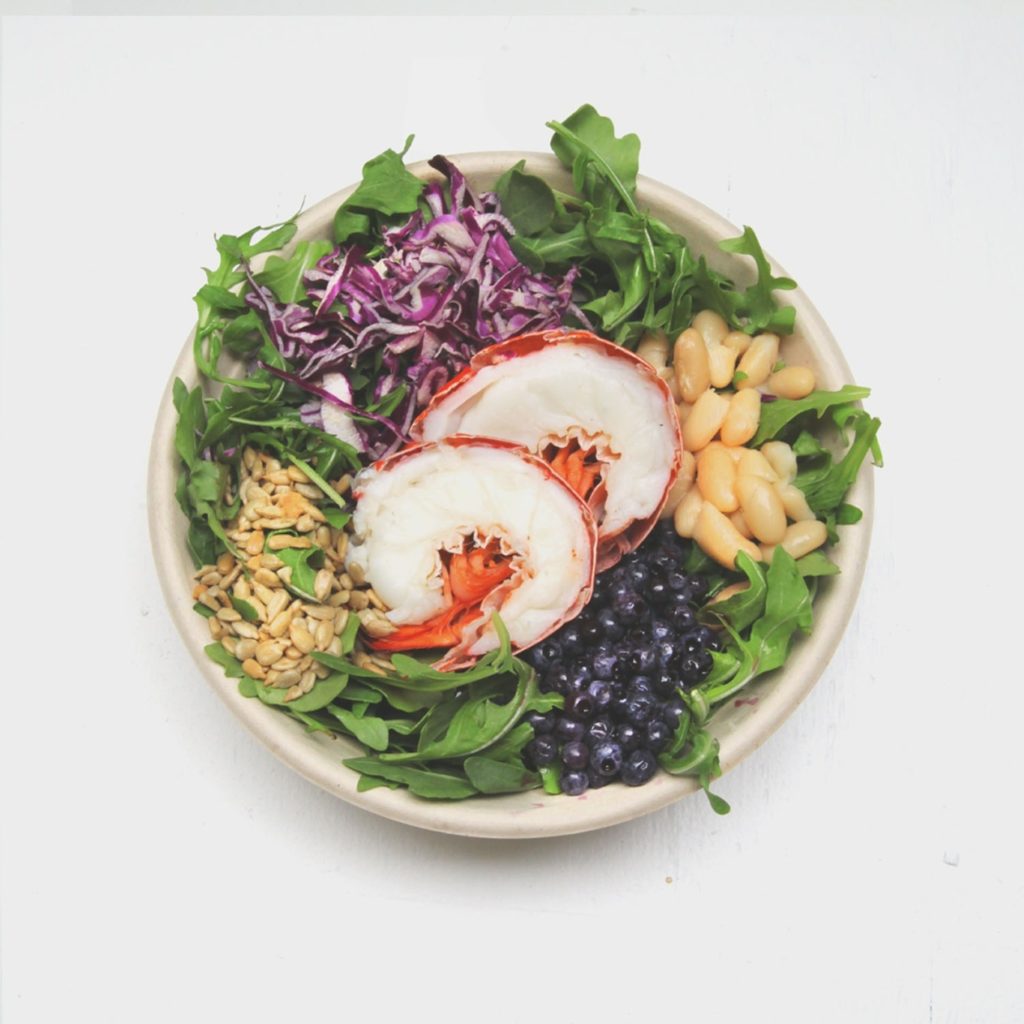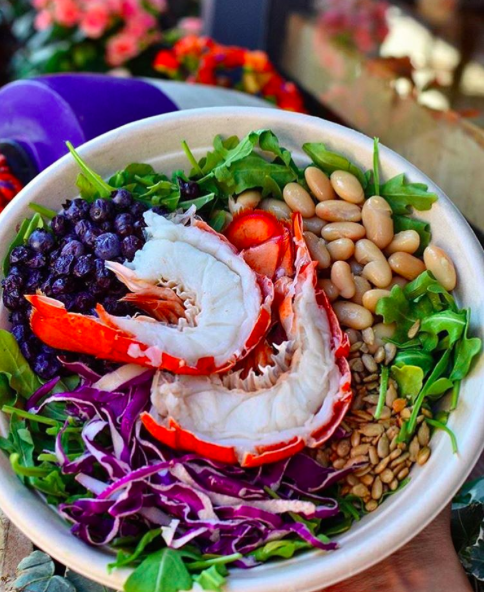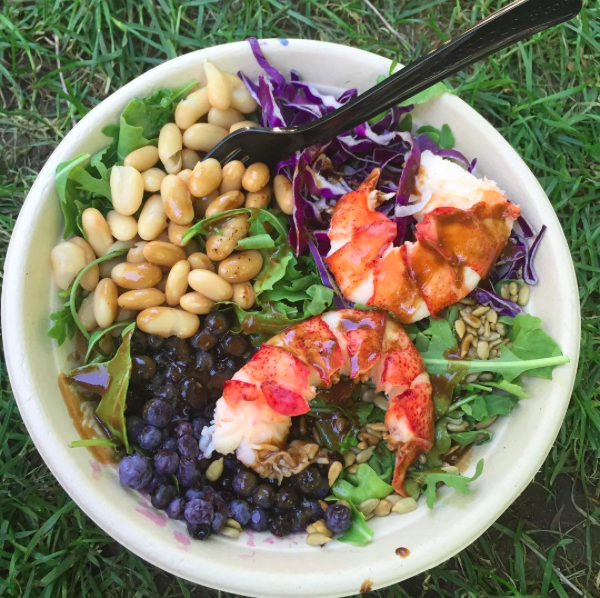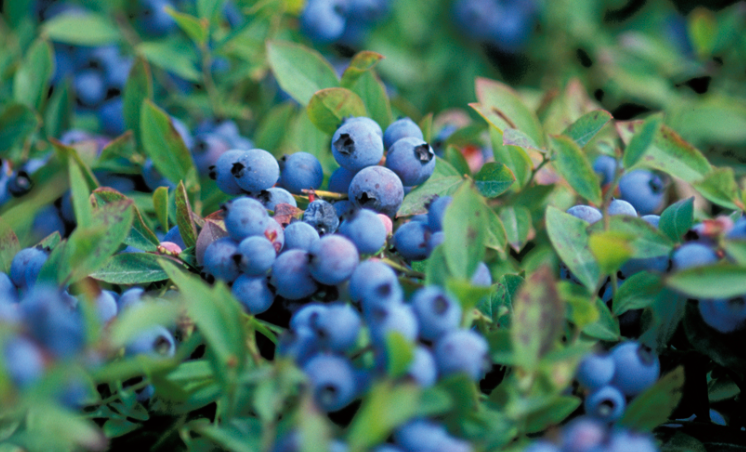Wild Carries Powerful Brand Cache with Customers according to Luke’s Lobster
Luke’s Lobster has thrived by stoking American appetites for the quintessential tastes of Maine in the nation’s hippest urban areas.
With 21 locations, sales of $20.9 million in 2015, and a raft of praise from tastemakers like Zagat’s, The New York Times, and GQ, the chain of eateries has flourished since it debuted in Manhattan’s East Village in 2009. Discriminating foodies have clamored to indulge in the signature lobster roll, and to soak in the authentically-Maine vibe, surrounded by lobster traps, buoys, and mementos from Vacationland.
So it’s no surprise that Wild Blueberries have been an essential ingredient in their recipe for success.

You can taste the indigenous superfruit in Luke’s Wild Blueberry Lemonade made by Green Bee Craft Beverages in Brunswick, Maine, and its Wild Blueberry Bites, made by Milk and Cookies Bakery in Greenwich Village. Some locations feature Wild Maine Blueberry Ice Cream made by Gifford’s Ice Cream of Skowhegan, Maine. Wild Blueberry Balsamic sauce is served at its Grilled Tail Cart at the Whole Foods in Williamsburg, a neighborhood in the New York City borough of Brooklyn. Wild Maine Blueberry Pie made by Four & Twenty Blackbirds bakery in Brooklyn, is available at its Luke’s Lobster location in Park Slope, Brooklyn. In June 2016, Luke’s Lobster added a Wild Blue Salad to its summer menu, which features Wild Blueberries alongside a lobster tail, arugula, roasted sunflower seeds, cannellini beans, and red cabbage.
[blog_cta post_id=”16173″]
The use of Wild Blueberries was a no-brainer says the company’s president, Ben Conniff, who cherishes his memories of eating Wild Blueberries as a kid during his family’s summer vacations in Maine.
“I remember eating them by the handful and having them in pancakes and muffins,” he says. “So being a restaurant that is an ambassador for Maine, we looked to incorporate more Maine ingredients. Wild Blueberries are among the most important.”
But nostalgia aside, taste was the biggest selling point. Conniff says that eating a Wild Blueberry is “a totally different experience” than having a conventionally-grown fruit.
“It’s just so much more enjoyable,” he says. “The tartness is what I love most about Wild Blueberries. A conventionally-grown blueberry just doesn’t pop the way a Wild one does. And it [the conventionally-grown blueberry] doesn’t have the tight skin that makes it texturally pleasing when you bite into it. “
Customers have noticed the Wild difference too.
“They just go nuts for it,” he says. “Most people outside of Maine haven’t tried Wild Blueberries before. They’re not aware that there’s such a huge difference between Wild and conventionally grown. And they’re just blown away by the flavor.”
What’s more, Wild Blueberries fit into the commitment to sustainability that is the heart of the Luke’s Lobster brand.

“What’s most important to us is the Wild Blueberry farmers’ stewardship of the land and their environment,” Conniff says. “ Whether they’re certified organic or not, everyone is taking care of their land in a more traditional and eco-friendly, biodiverse way.”
Conniff and co-founder Luke Holden source their Wild Blueberries from Josh Pond, a certified organic grower in Whiting, Maine.
”It’s important for us to be working with people who aren’t looking for the quickest way to maximize yield at the expense of the environment, nutrition, or quality of the food,” Conniff says. “They [Josh Pond] use goats to thin the weed competition, and have honey bees for pollination. It’s right in line with the way that the folks in the Wild Maine Blueberry industry treat their product and their land.”
Conniff knows that the Wild nature of the berry carries powerful brand cache with customers, too.
“People are starting to realize the sacrifices we made for the sake of pumping out yield for commodity products—as opposed to taking care of the soil and environment, and creating a food system that is sustainable,” he says. “A lot of people are looking to avoid products that are leading us on this same continued destructive path, and trying to find products that are sustainable and restorative to the environment—whether that’s lobster that’s fished with rigorous sustainability regulations, or Wild Blueberries that are managed in a way that’s not detrimental to the environment.”
Luke Lobster uses fresh Wild Blueberries while they’re in season, and frozen Wild Blueberries during the rest of the year. Doing a light pickling of the frozen berries helps keep the berries crisp and fresh tasting as they thaw. They’ll continue to use the frozen berries in baked goods throughout the year, and likely bring back the popular Wild Blue Salad in the summer of 2017.
Wild Blueberries also feature prominently in Conniff and Holden’s book, Real Maine Food: 100 Plates from Fishermen, Farmers, Pie Champs, and Clam Shacks (Rizzoli, 2015). Six recipes call for Wild Blueberries: Blueberry Mignonette for Oysters on the Half shell, Leg of Lamb with Blueberry Mint Chutney, Wild Blueberry Gazpacho, Wild Blueberry Bruschetta, Blueberry Pancakes, and Blueberry Pie.
[blog_cta post_id=”16173″]
For the restaurant, and the book, Conniff and co-founder Luke Holden never even considered using highbush varieties of the berry.
“ I just can’t bring myself to eat a conventionally grown-blueberry,” he says. “And I would never put something on the menu that I didn’t think was the best.”


